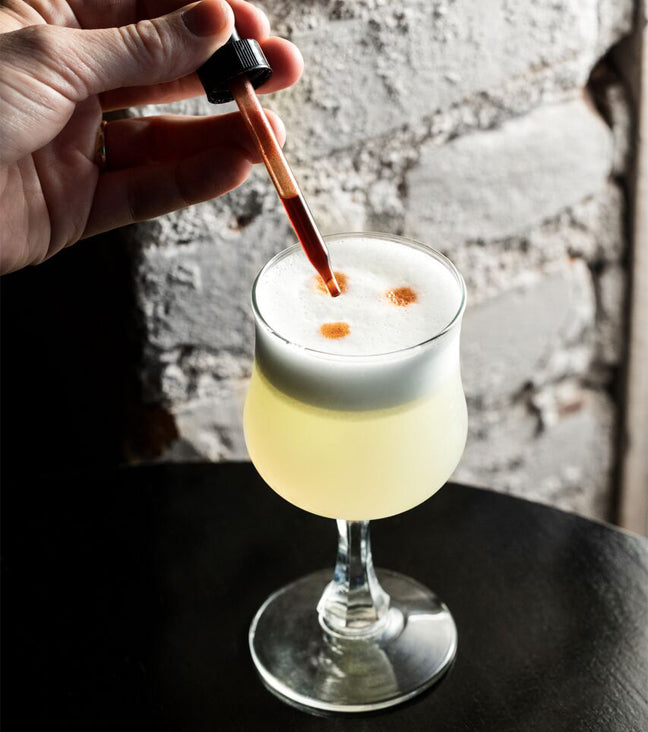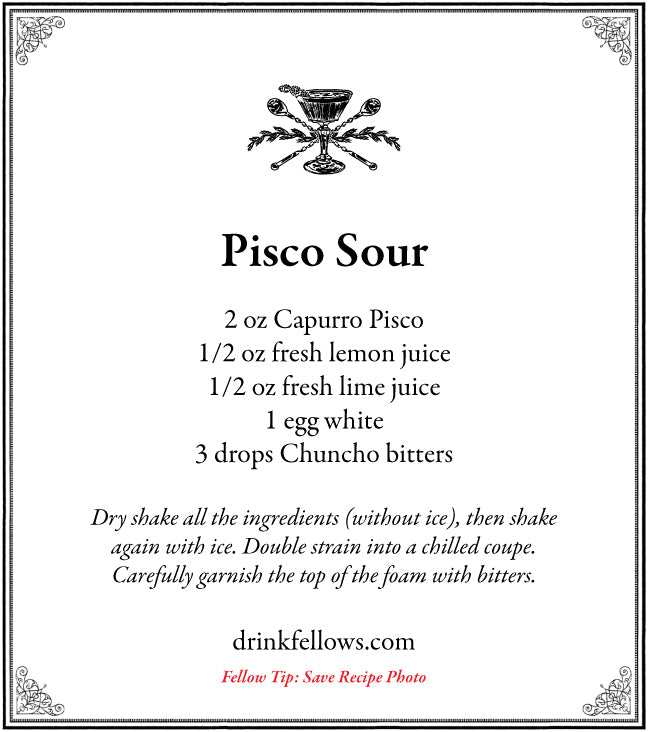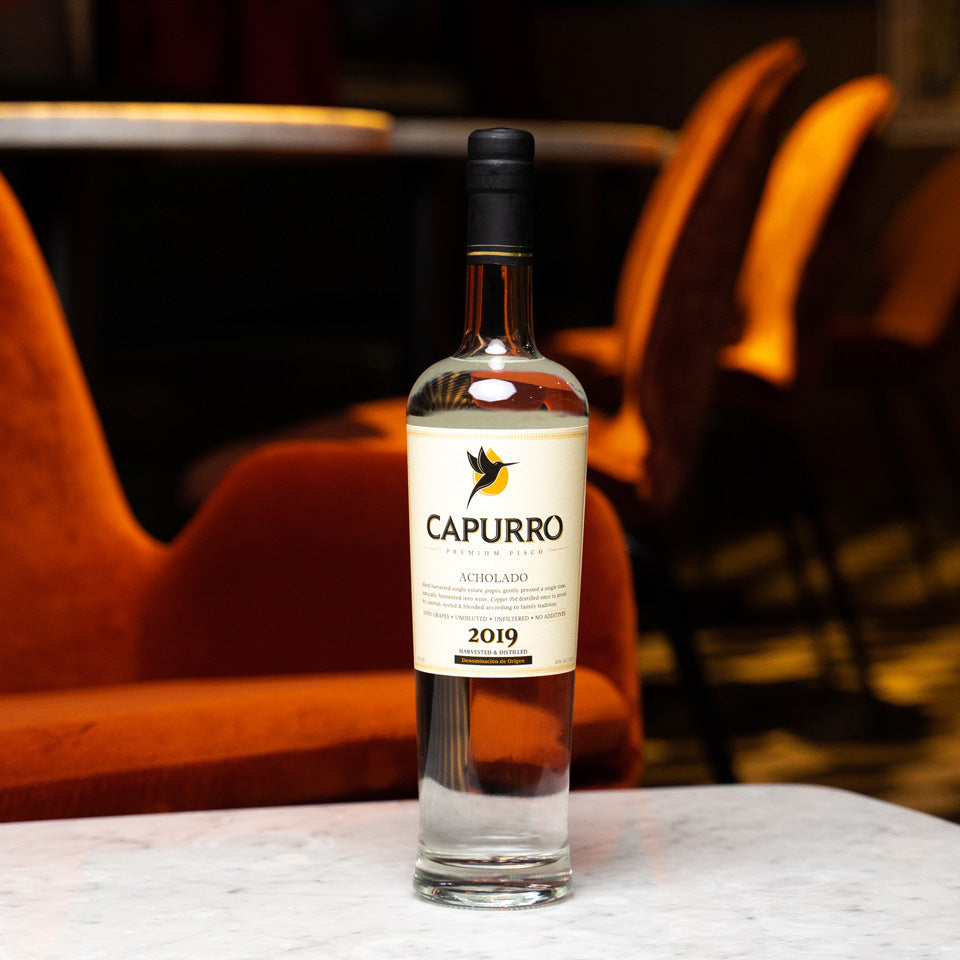Shop + Learn: Brandy
The term brandy refers to any spirit distilled from fermented fruit juice.
Unaged grape spirits can provide a real sense of both the character of the fruit and the distiller's skill at capturing it. Peruvian Pisco represents the pinnacle of this category. Like wine, a true sense of terroir emerges from the best bottlings. Barrel aging a grape spirit, an unlawful practice in Perú but more common in the rest of the world, produces brandies that tend to be rich and juicy, with deep, nuanced vanilla and spice flavors from the oak. Armagnac represents the most artisanal approach to the broader category of aged brandies.
-
Vendor:Capurro Pisco
Capurro Pisco - Quebranta
Regular price $36.99Regular priceUnit price per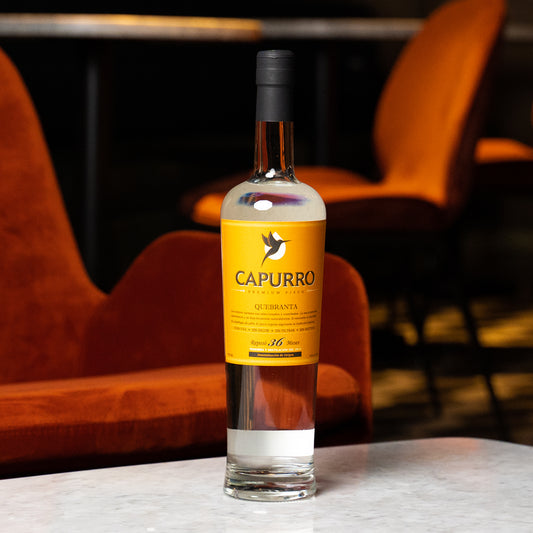
-
Vendor:Capurro Pisco
Capurro Pisco - Acholado
Regular price $37.99Regular priceUnit price per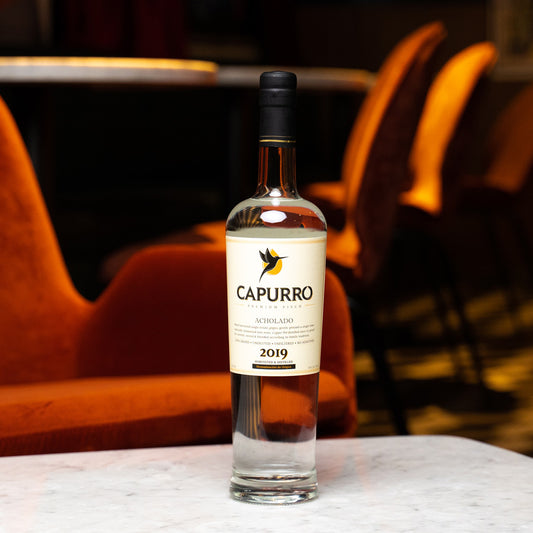
-
Vendor:Chateau de Millet
Chateau de Millet VS Armagnac
Regular price $39.99Regular priceUnit price per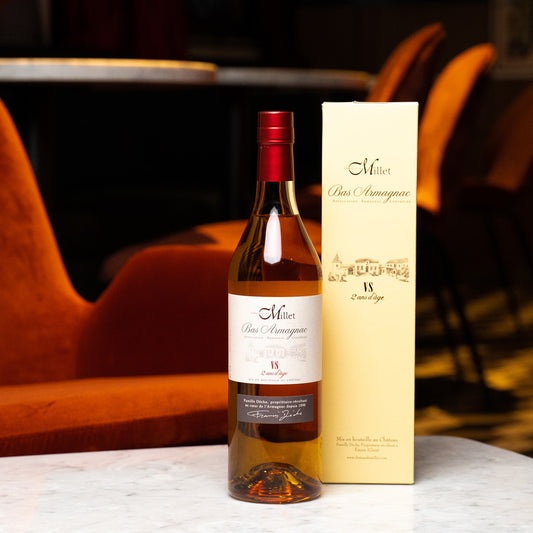
-
Vendor:Chateau de Millet
Chateau de Millet VSOP Armagnac
Regular price $63.99Regular priceUnit price per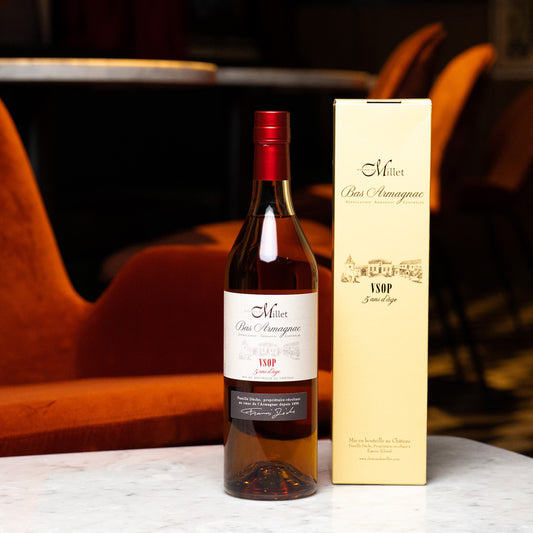
-
Vendor:Chateau de Millet
Chateau de Millet Vintage Armagnac 2000
Regular price $97.99Regular priceUnit price per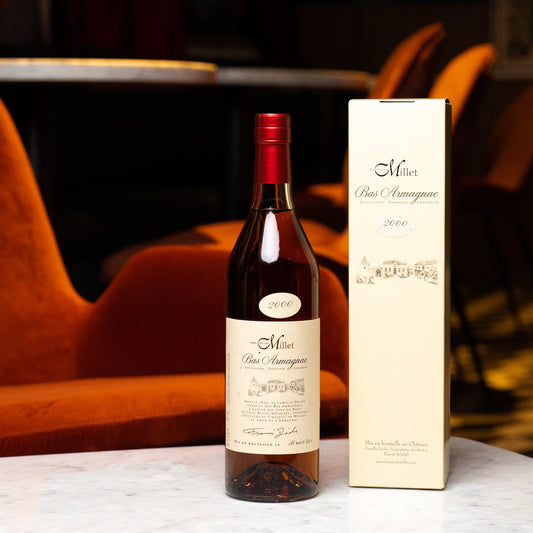
-
Vendor:Chateau de Millet
Chateau de Millet XO Armagnac
Regular price $97.99Regular priceUnit price per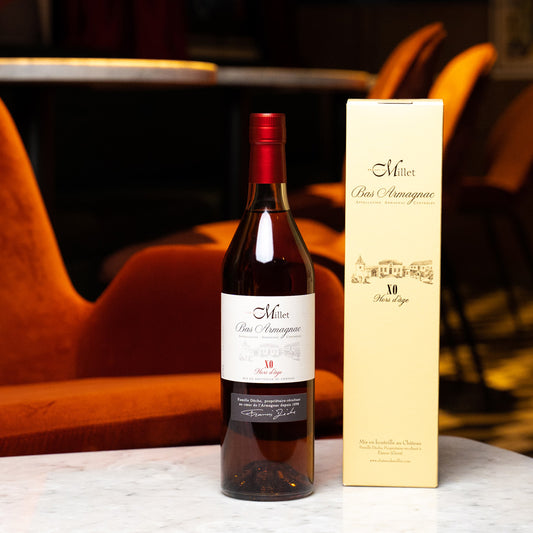
-
Vendor:Chateau de Millet
Chateau de Millet Vintage Armagnac 1981
Regular price $294.99Regular priceUnit price per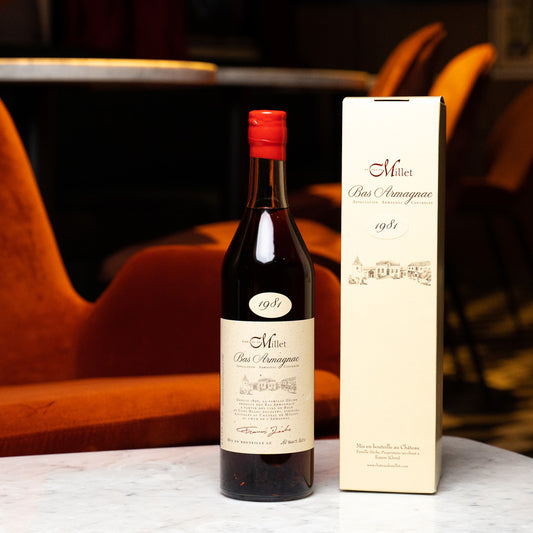
Fellow Classics: Pisco Sour
As Death & Co extensively explained in Cocktail Codex, every recipe is a riff on a classic. Here, we offer guidance on these templates as a great starting point for any original creation.
Fellow tips: A pasture raised egg white will vastly out-perform conventional, even if using only half the egg-white. We call for lemon + lime split to mimic the flavor of the Peruvian lime, which is not typically available in the United States, but is most akin to a key lime. The simple syrup should be a 1:1 ratio of sugar to water.








